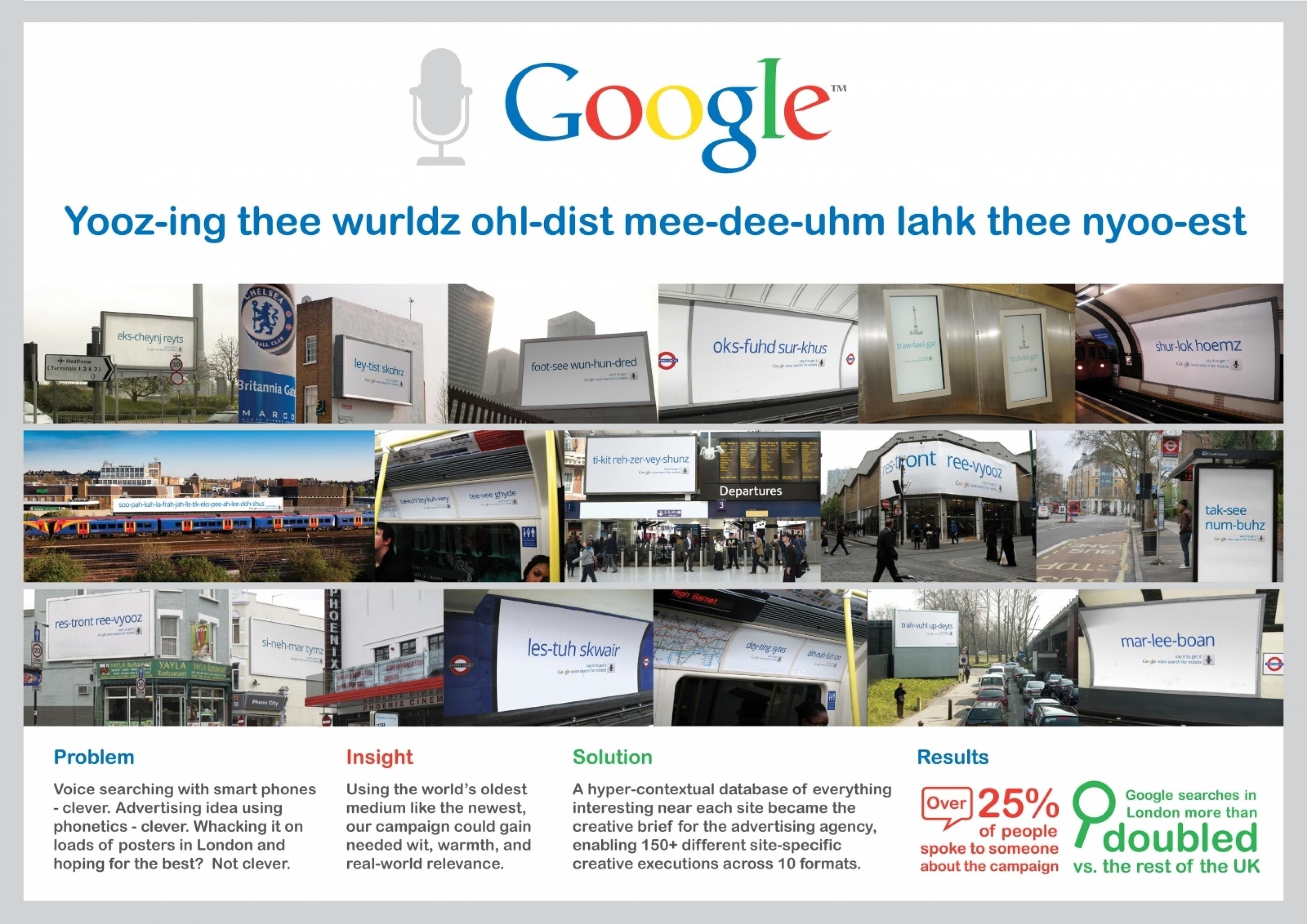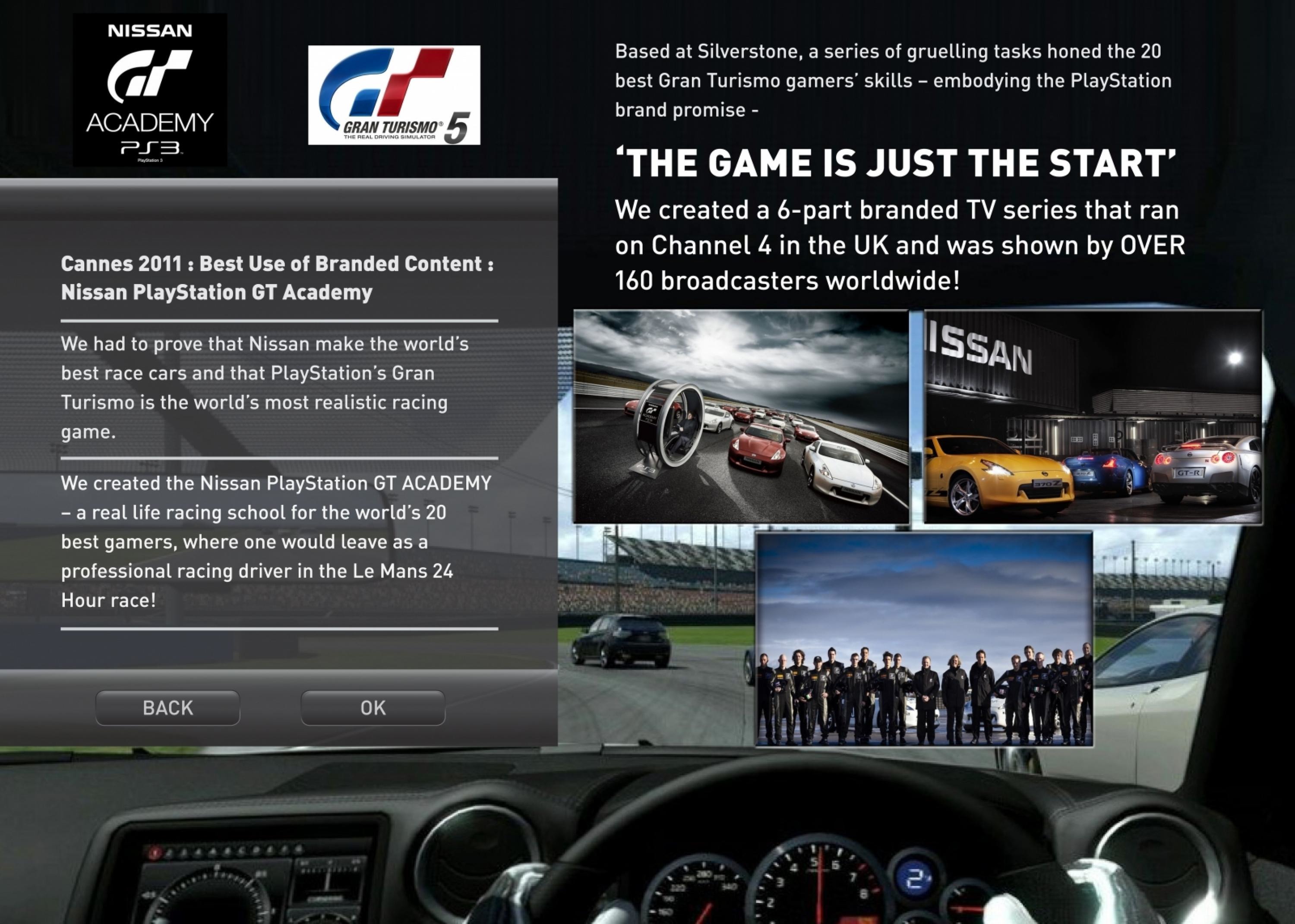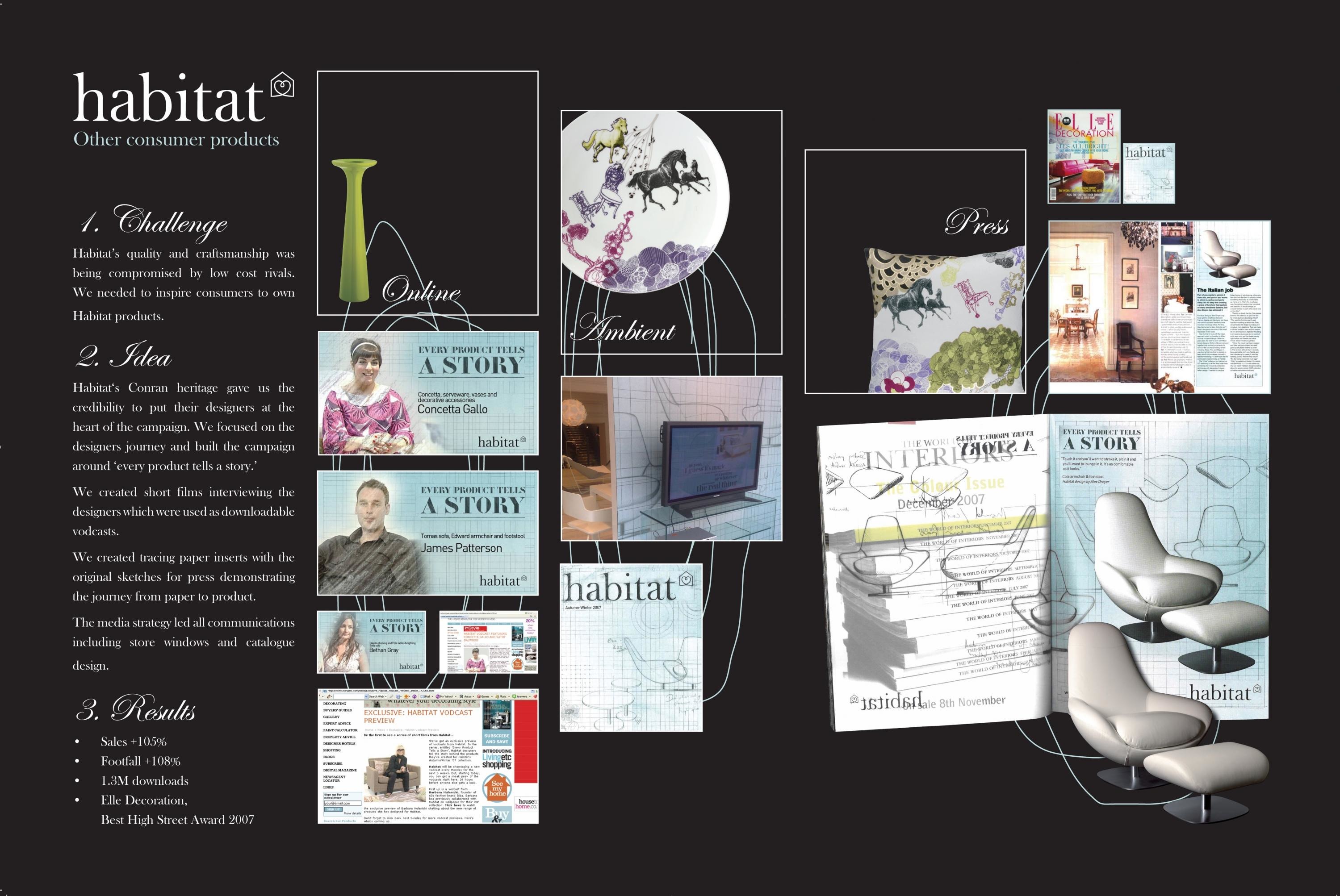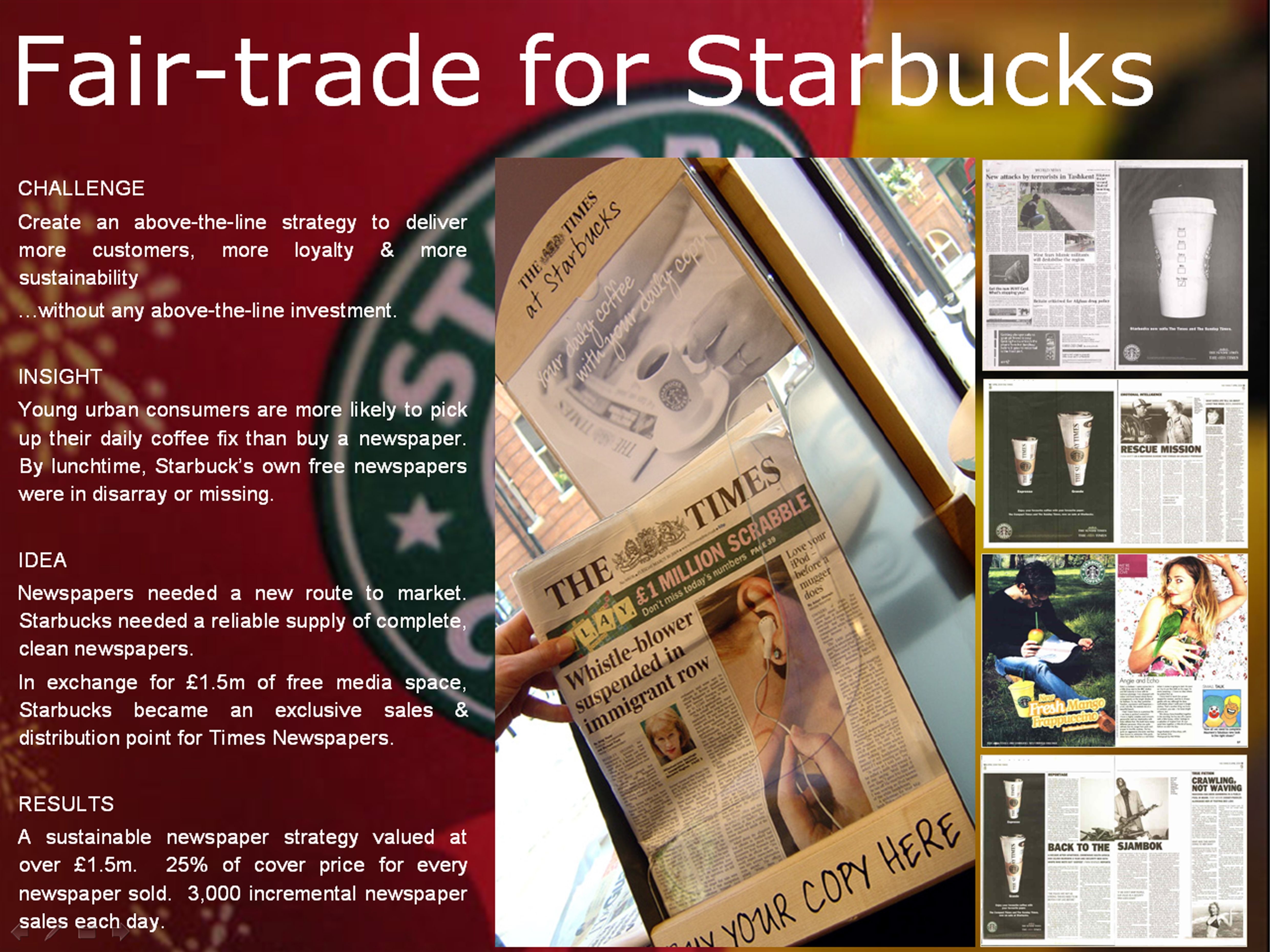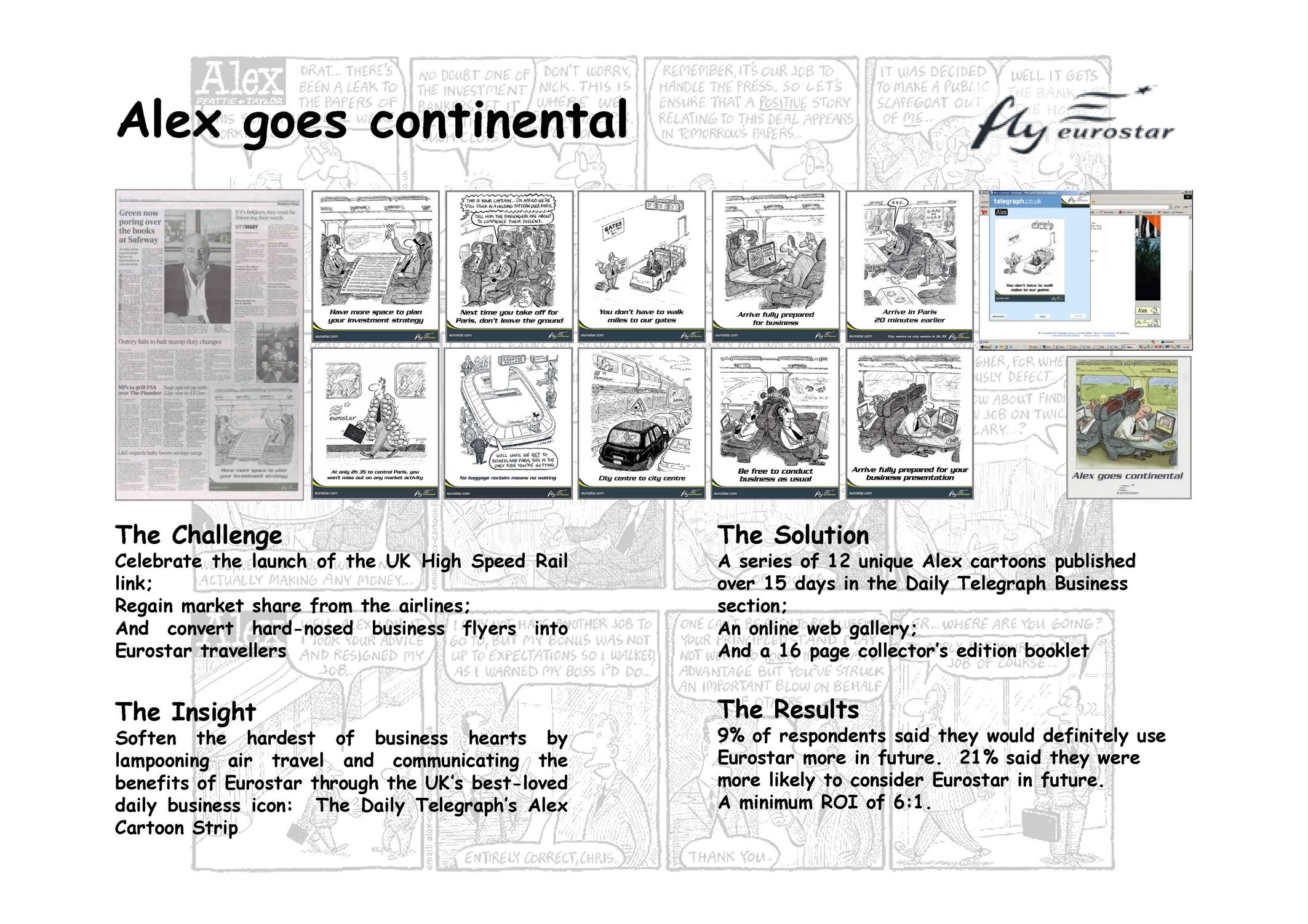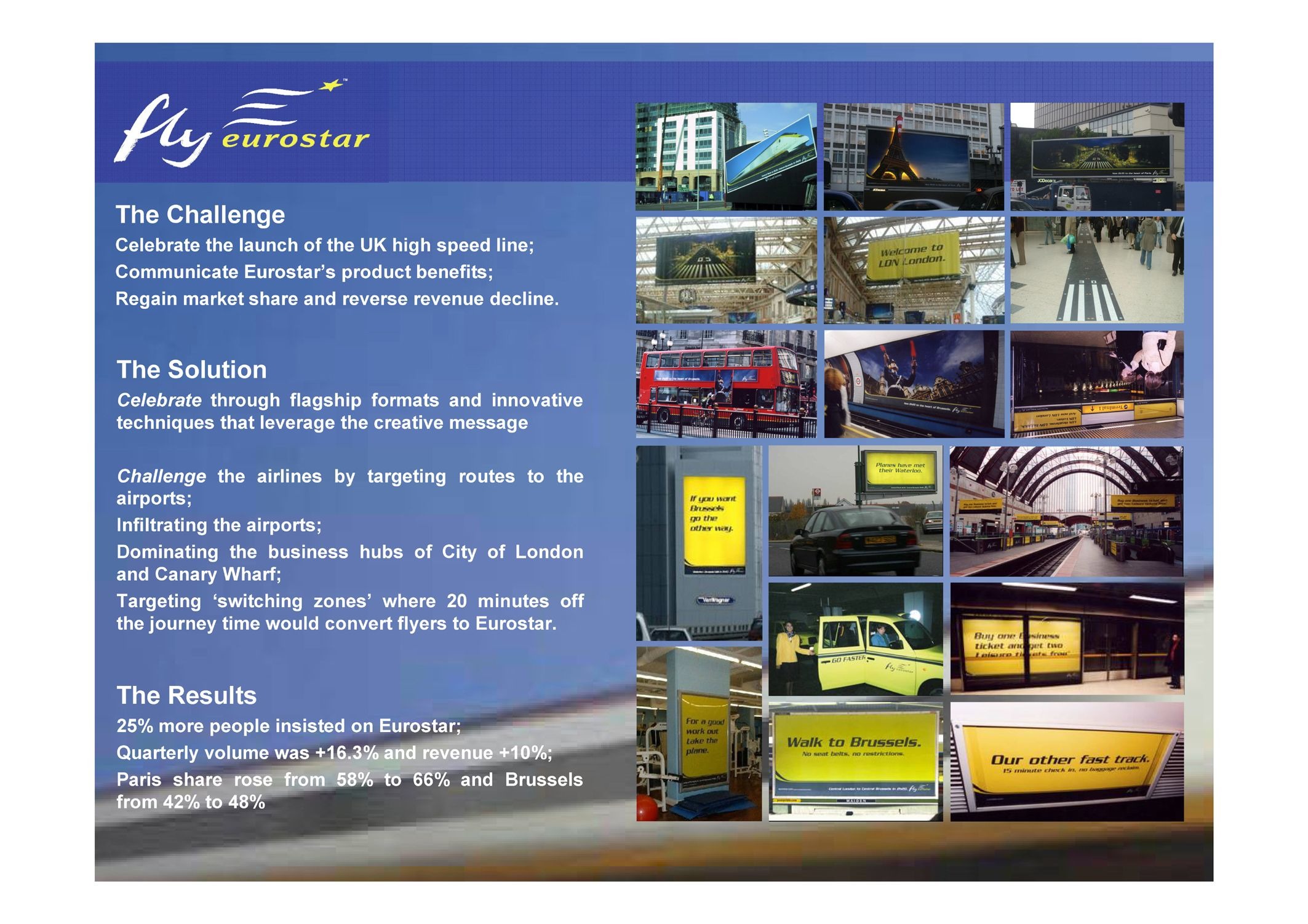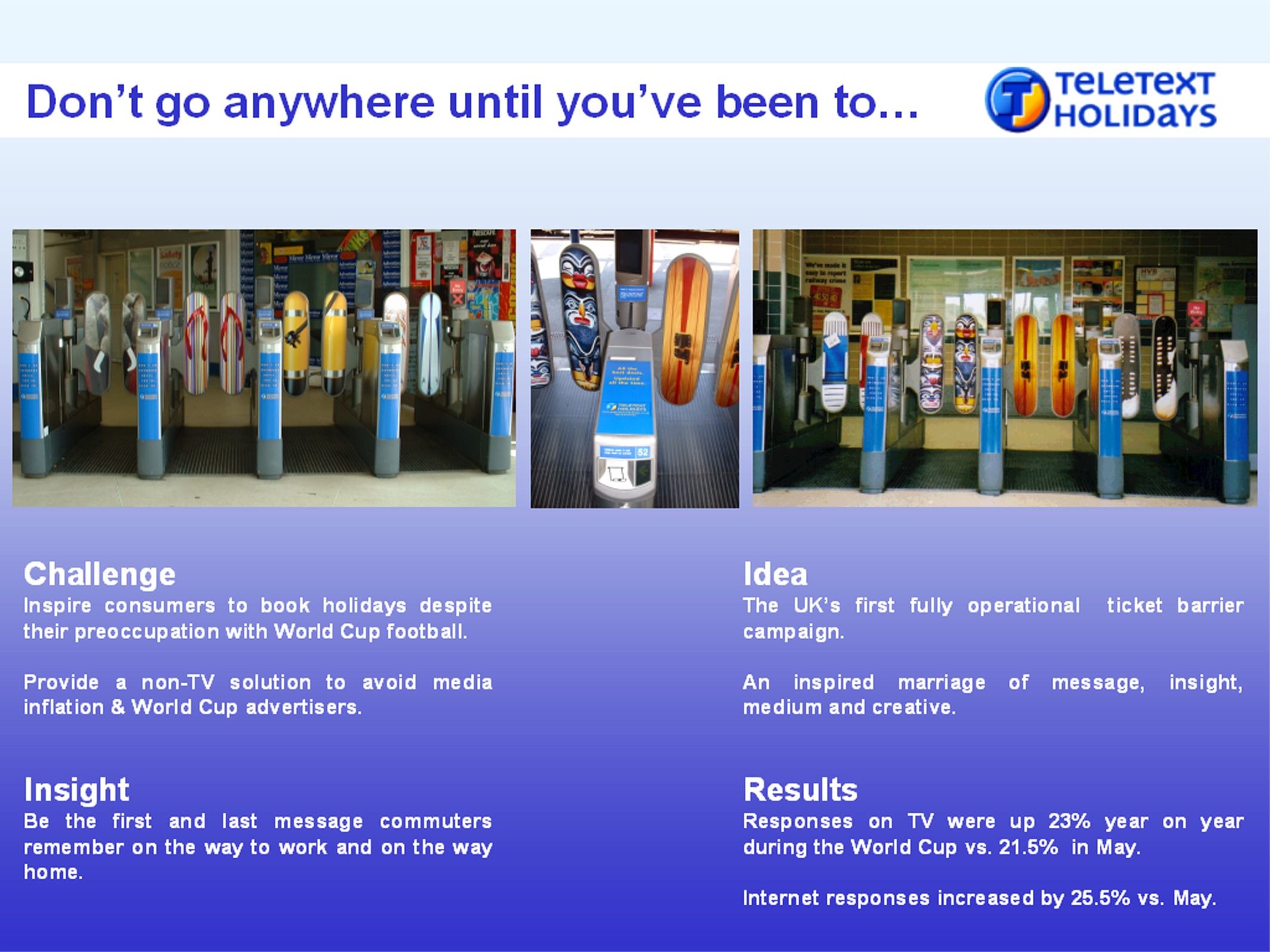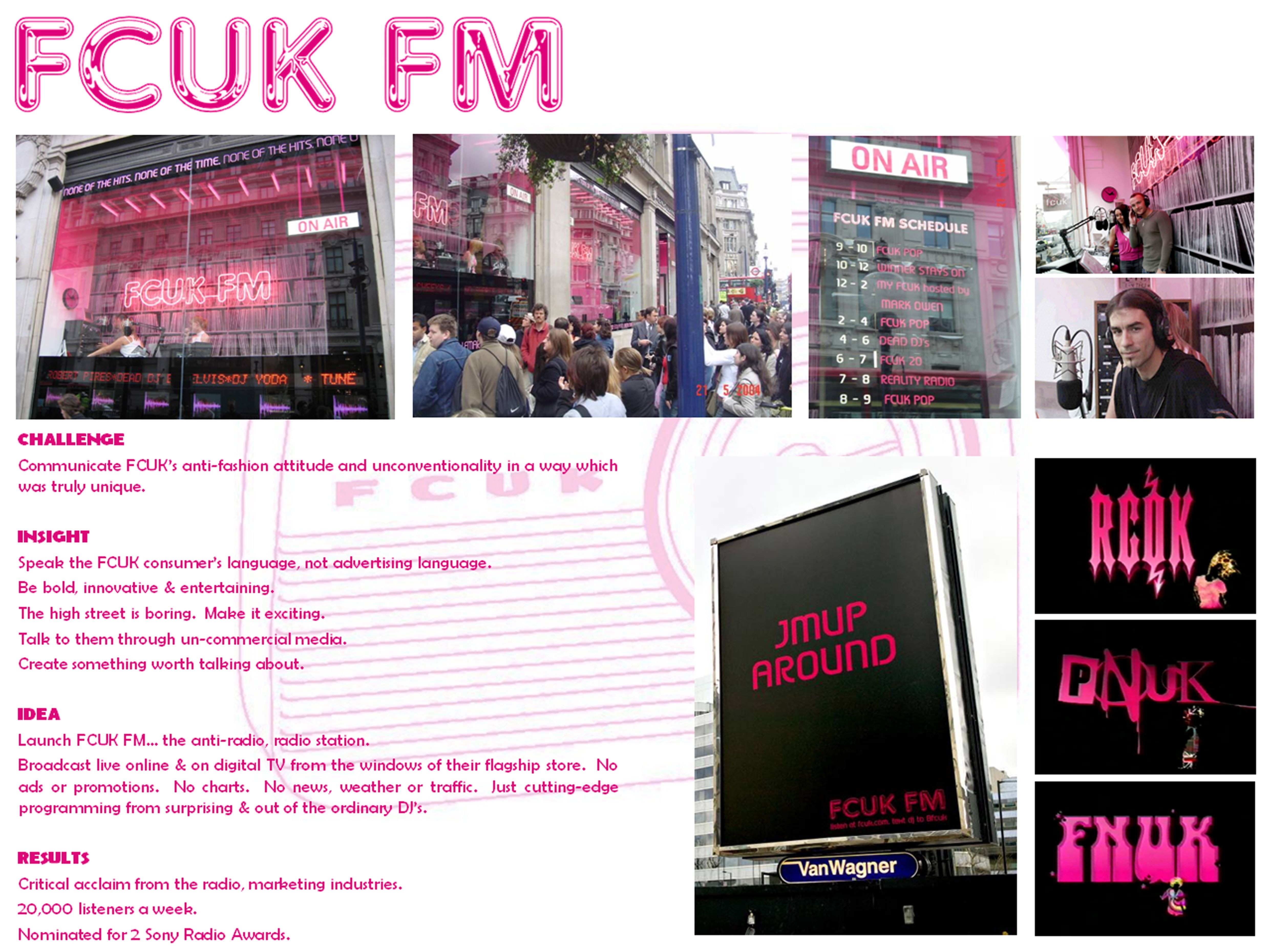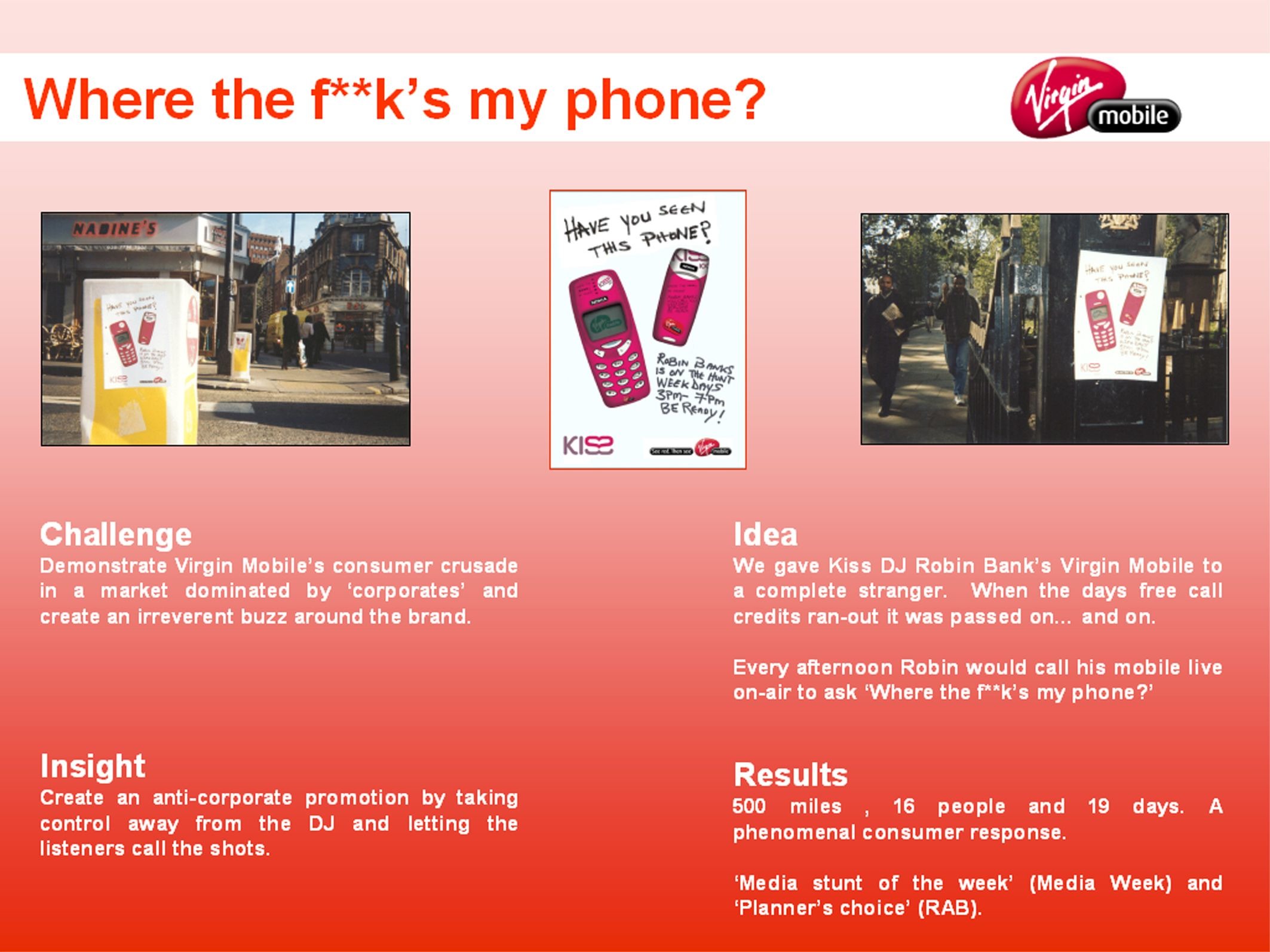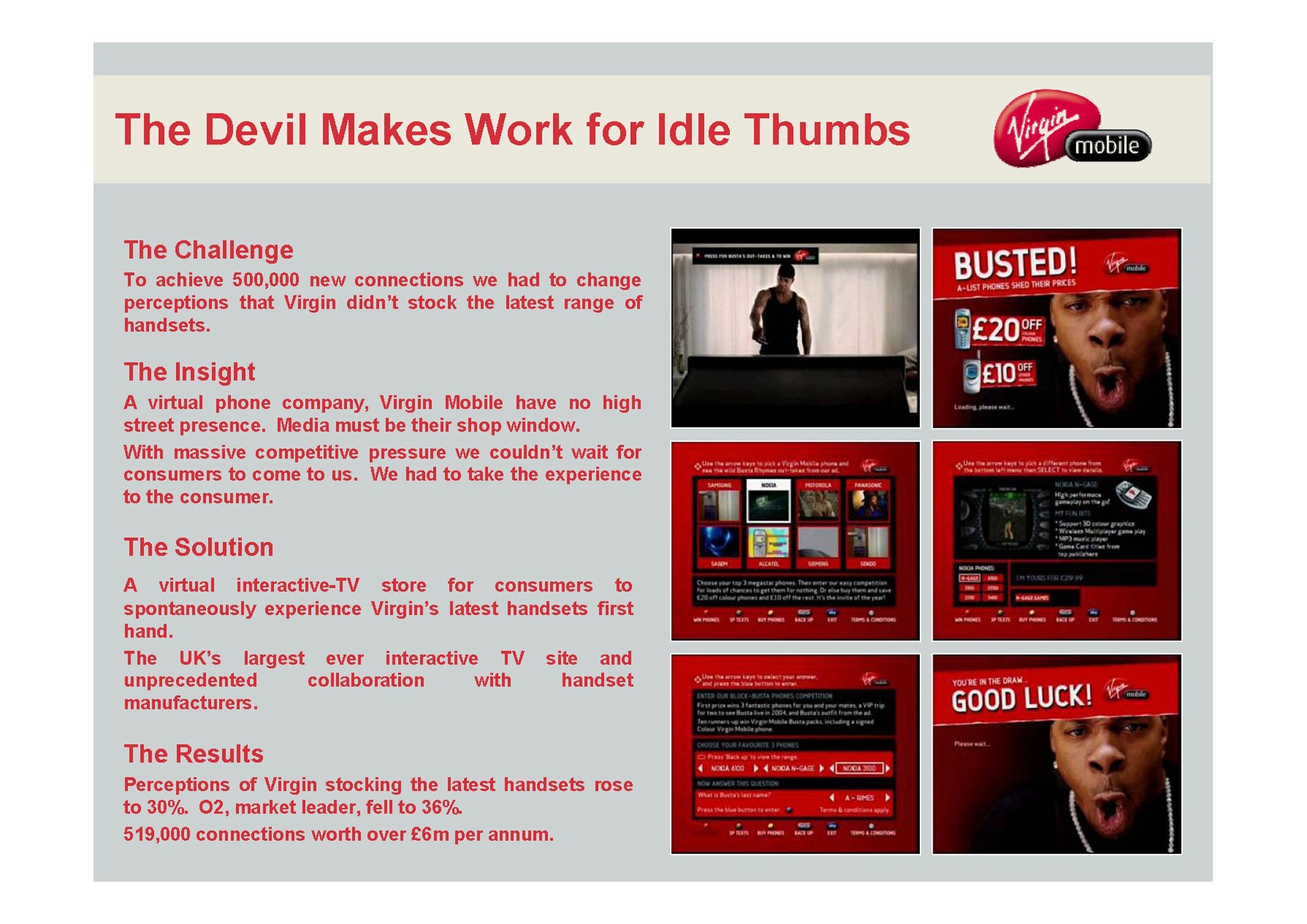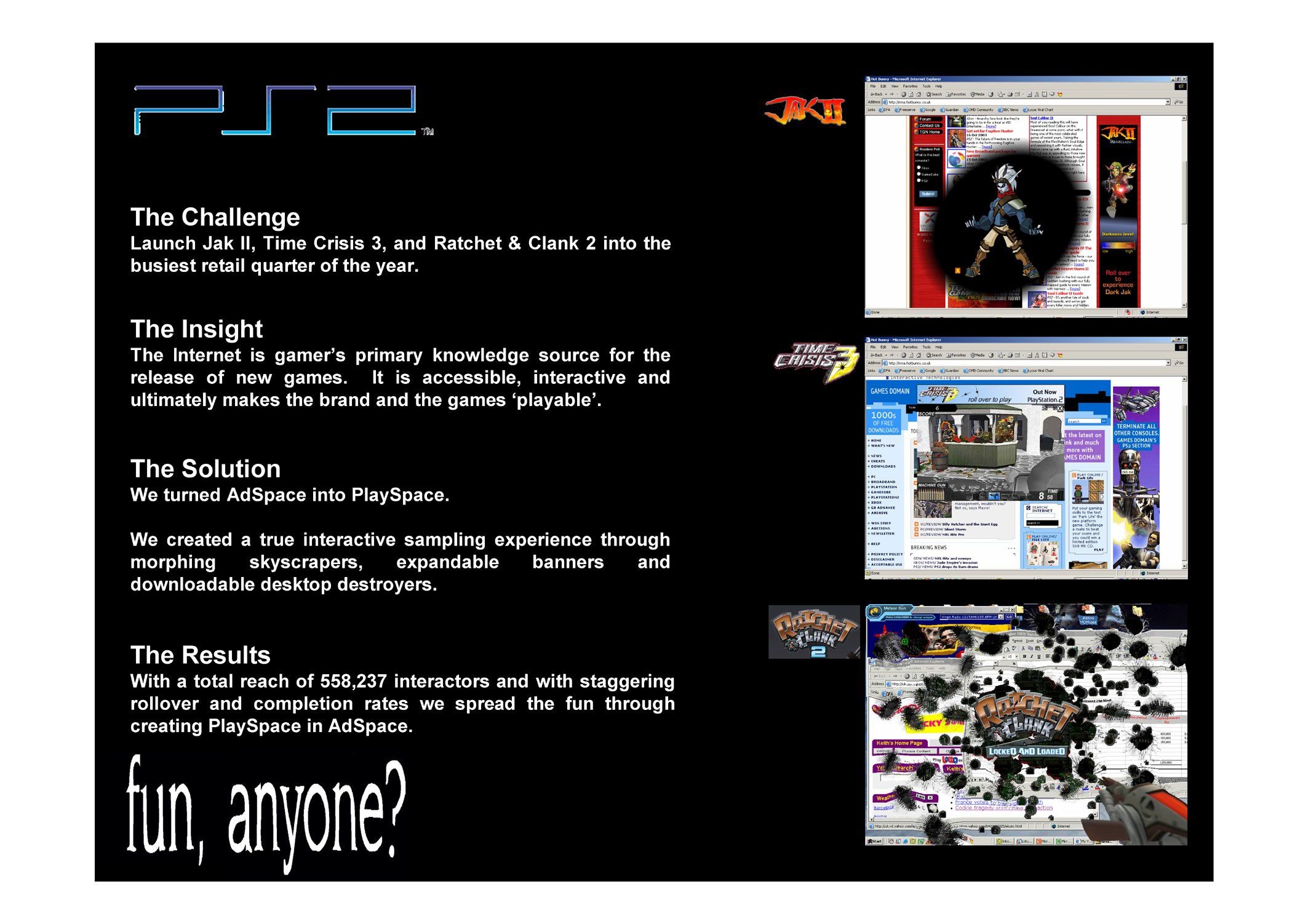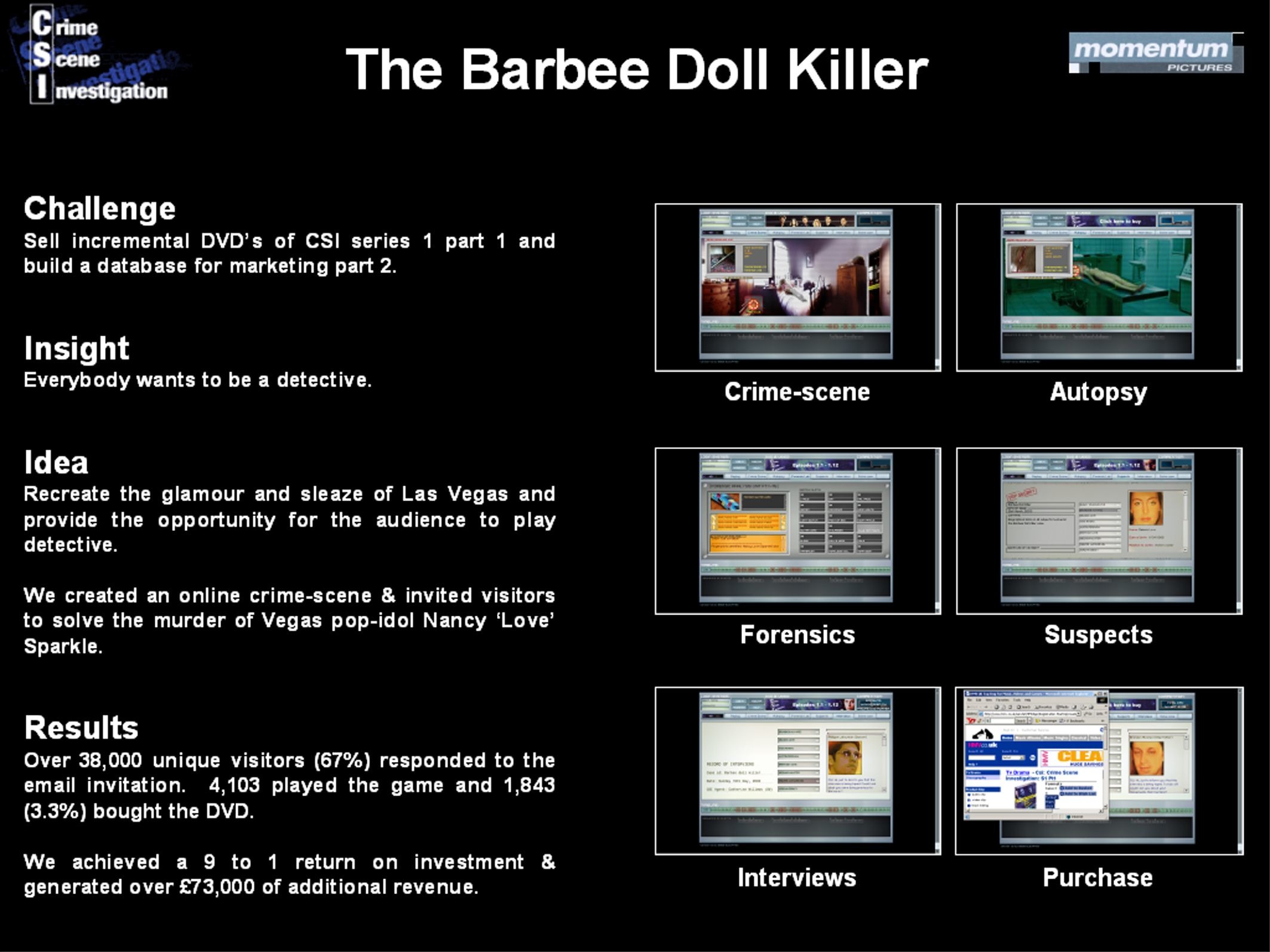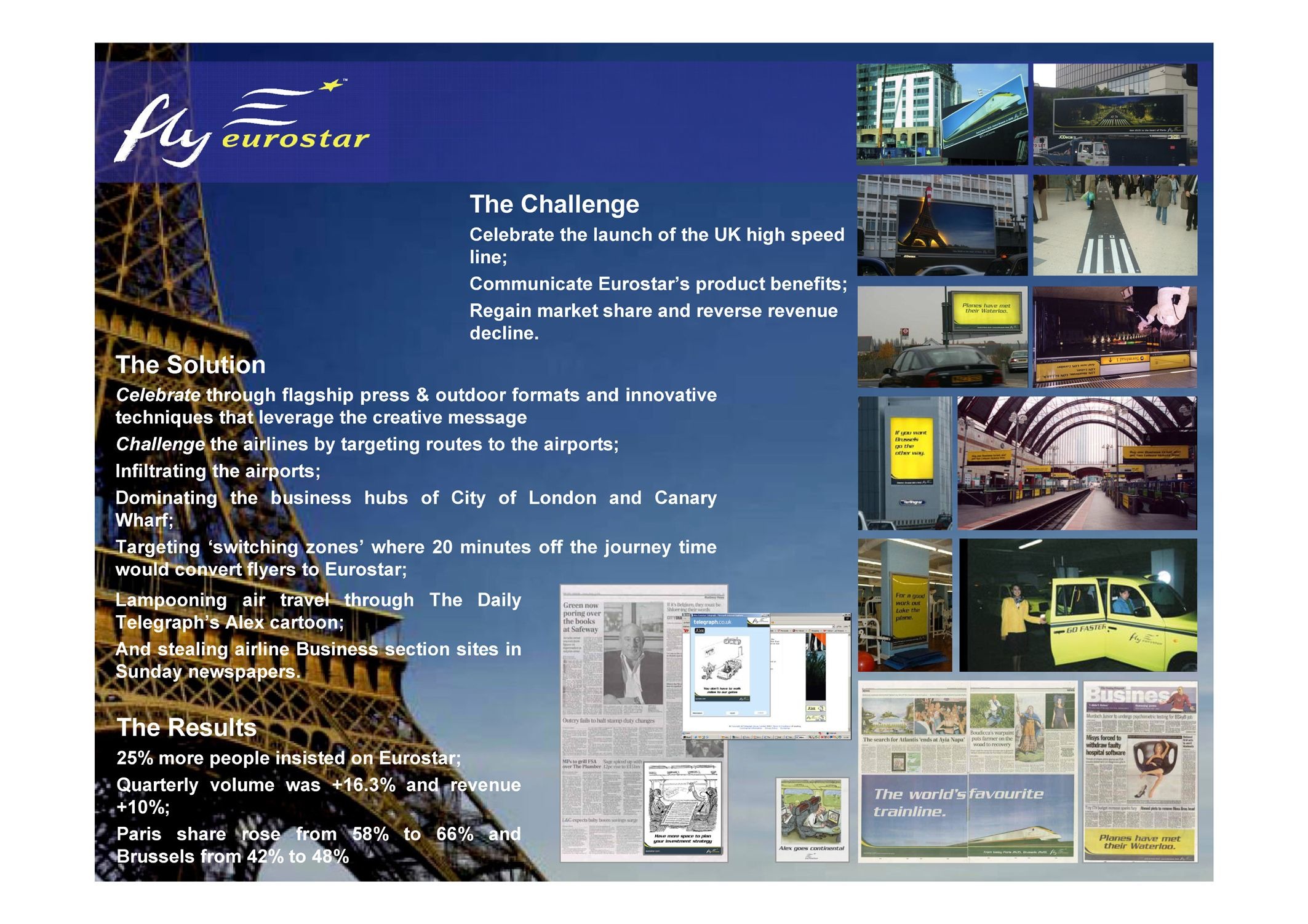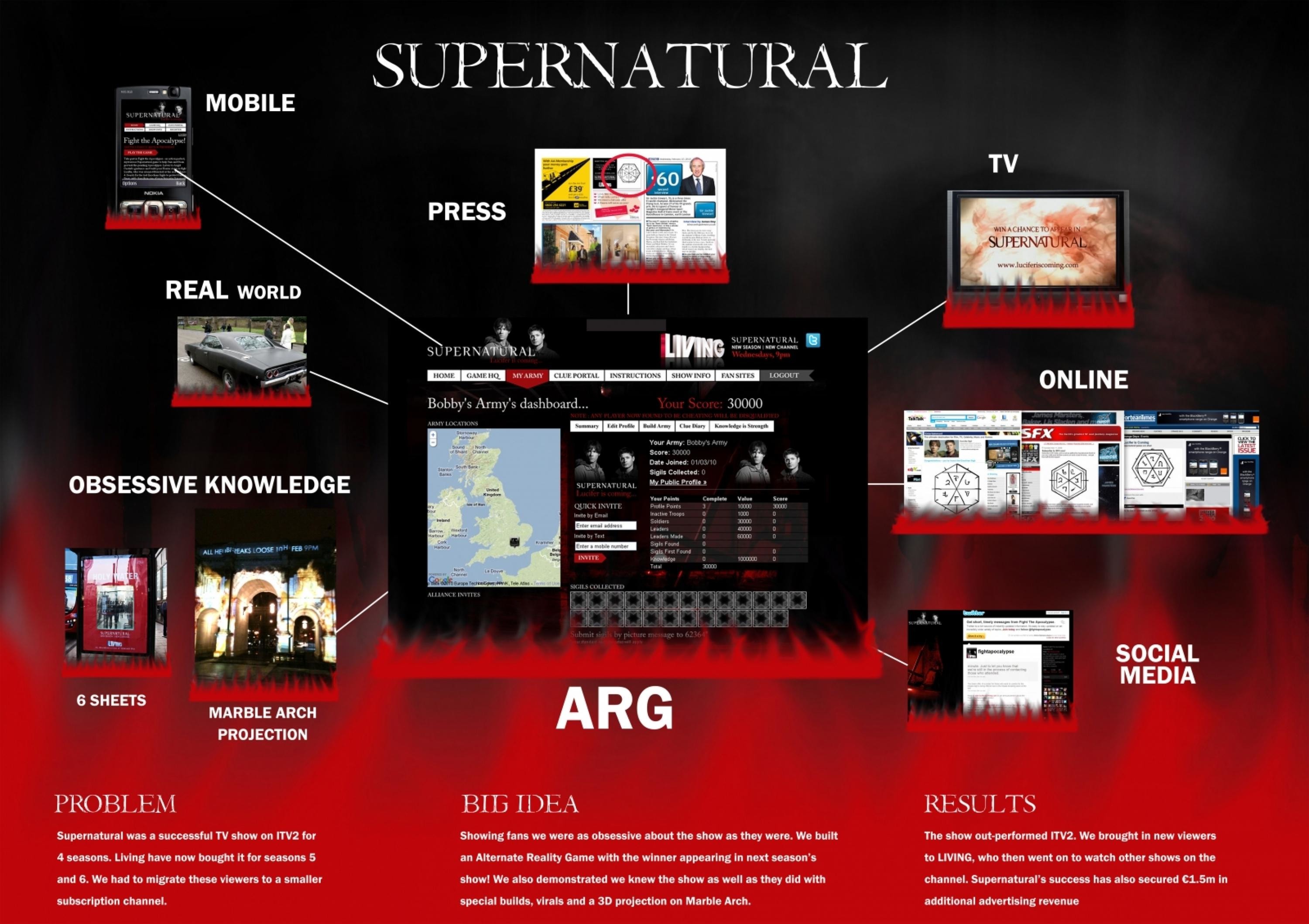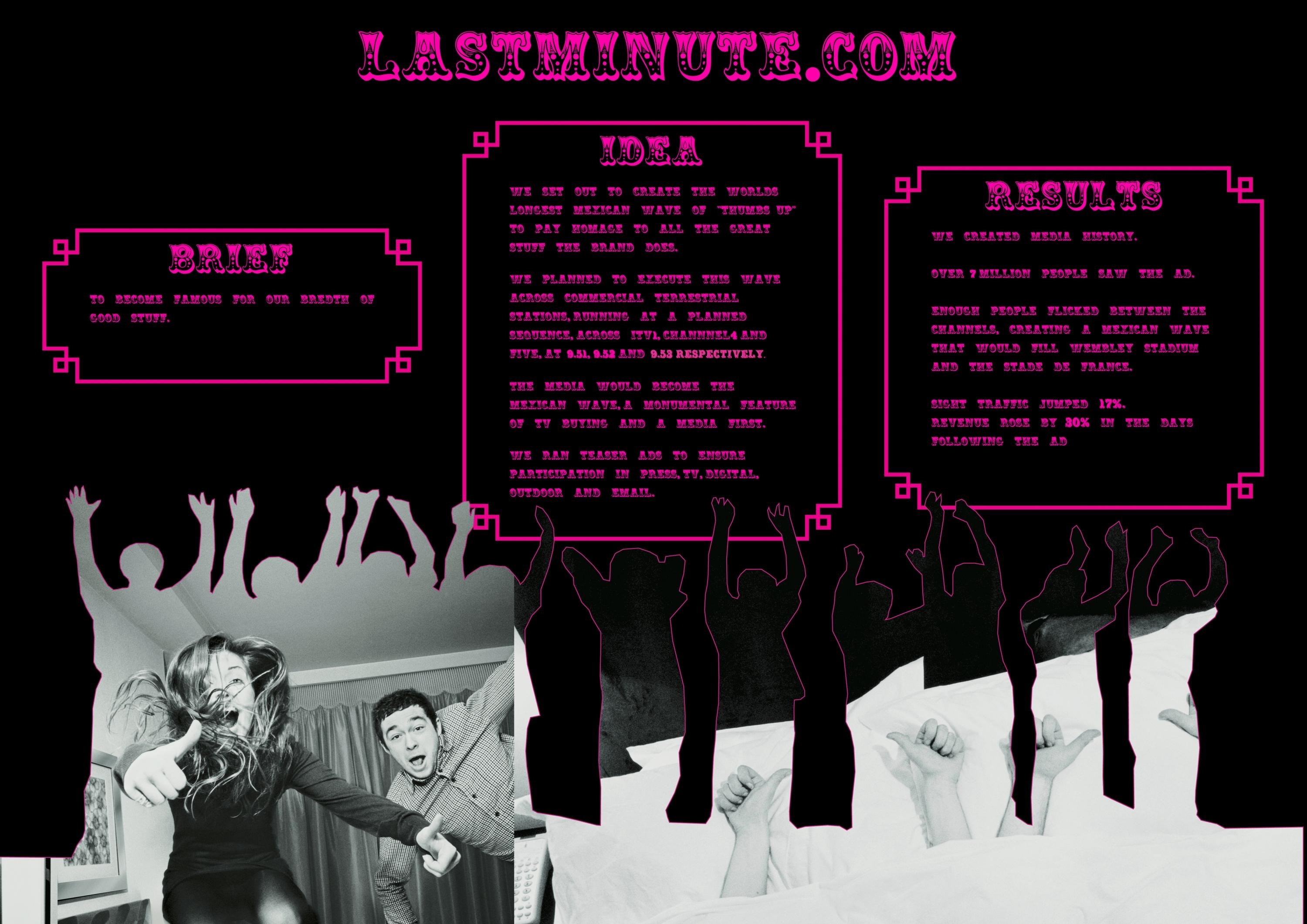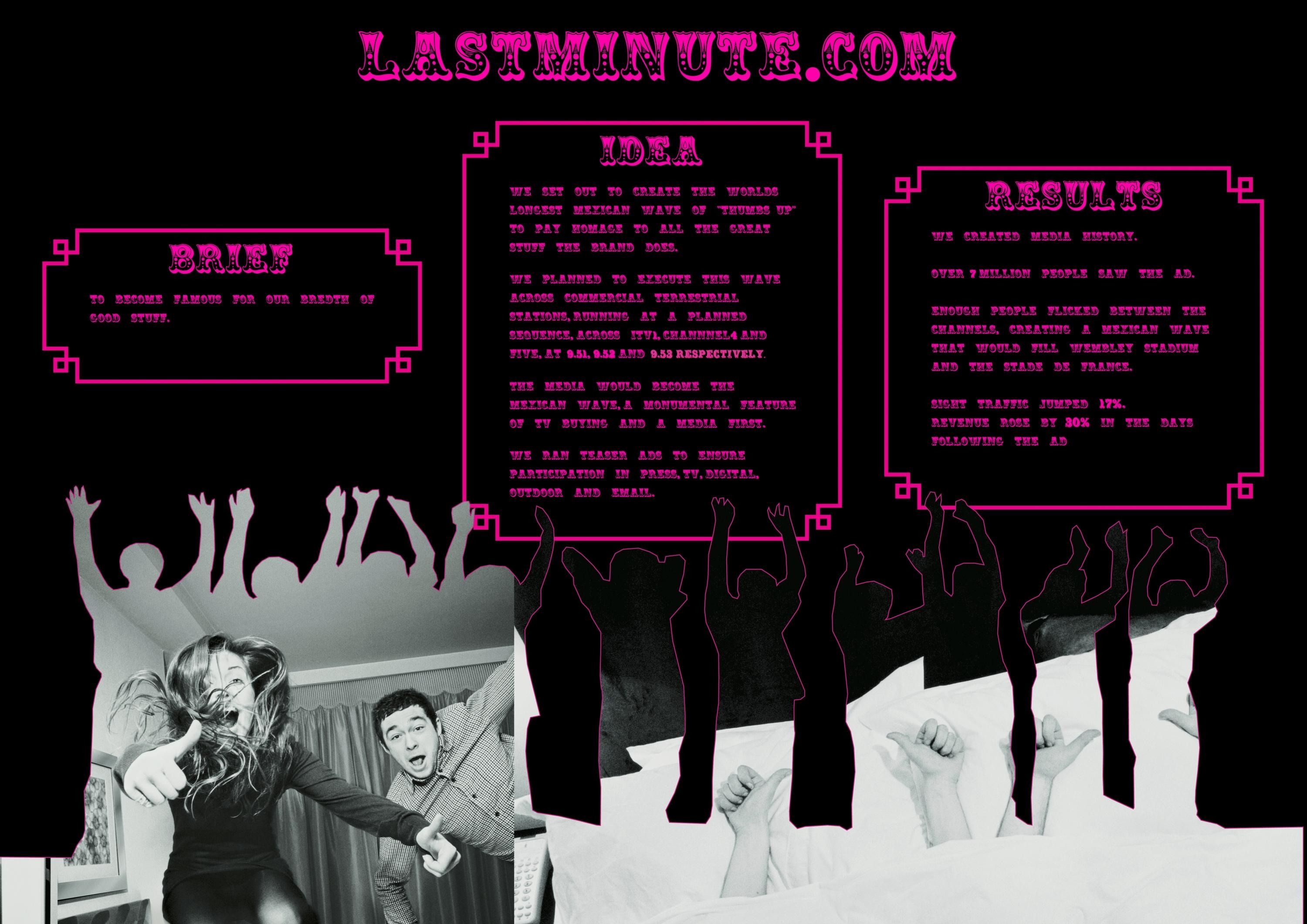Media > Media: Sectors
SHOULD'VE 2.0
MANNING GOTTLIEB OMD, London / SPECSAVERS / 2022
Awards:
Overview
Credits
Overview
Why is this work relevant for Media?
In advertising, media is often overshadowed by creative. To stand out, media choices can sometimes over rely on technology or can be excessively complicated. But when creative and media and work in unison, the result can be simply spectacular. Specsavers Should’ve is an outstanding example of media working to elevate the message and multiply its impact, giving the campaign incredible stand out, huge amounts of organic attention and delivering substantial business growth.
Background
With over 1000 stores, Specsavers are the UK’s leading high street optician. As well as caring for the eyes of over 13 million people annually, they are much loved for their irreverent advertising, featuring the “Should’ve gone to Specsavers” brand line which plays on humorous mistakes due to compromised eyesight. This memorable slogan has become part of UK culture, "Should’ve gone to Specsavers" is one of the most used brand slogans in everyday conversation, according to The Sun, the UK’s largest daily news brand.
This successful brand platform has kept Specsavers top of mind for consumers for two decades, but two years of lockdowns and closed stores had seen brand awareness drop to an all-time low. At the same time, an over reliance on screens for work meant that people were more aware of changes to their eyesight.
Describe the creative idea / insights
As the UK opened back up and people started to think about the changes to their eyes, we had to make sure Specsavers was top of mind to care for their sight.
The beauty of “Should’ve gone to Specsavers” lies in its simplicity. It presents the problem – poor eyesight – and through humorous yet recognisable situations, presents Specsavers as the answer. You only need to see a “Should’ve” ad once to get it. It’s this creative simplicity that is its superpower. The right media can elevate this simplicity, stretching the mishap (and impact) even further rather than just delivering it.
So, we applied strict discipline to our campaign plan. If the media didn’t make the creative better, it didn’t make the cut. Media and creative truly had to work as one.
Describe the strategy
The “Should’ve gone to Specsavers” creative relies on humorous mistakes via human error to land the need for an eye test, so we applied similar mistakes to our media plan.
On the surface, our channel mix was traditional, but we looked for opportunities throughout it where mistakes could have happened naturally through human error – placing creative in highly visible places but with even more visible media mistakes.
Our strategy therefore became matching the medium to the mistake.
This strategy gave us an incredibly tight plan of AV, OOH, digital and print where every media mistake multiplied the humour of the creative message and grabbed attention by being unexpected and incongruous.
Describe the execution
In a UK first, we convinced two the biggest TV broadcasters (ITV and C4) to make mistakes across their schedules, mixing up continuity announcements to promote the wrong show on the wrong channel – then realising their mistakes live on air before confirming they “Should’ve gone to Specsavers”.
Every single OOH poster was installed incorrectly, and our heroes were three stand out special builds, where huge posters appeared to be pasted at the wrong orientation or over ladders, drainpipes and extractor fans.
Print ads were scattered across national press, purposefully upside down. In gaming, where good eyesight is key, we hid easter eggs of upside-down ads across mobile and console environments.
And in social, rather than rely solely on traditional ad space we reached out to people who had experienced real life “Should’ve” moments and with their permission used these tweets as our ads.
List the results
In six weeks, Specsavers’ awareness score jumped from 21.0 to 25.3, with consideration soaring from 18.2 to 20.4 in the same period.
The brand saw 20,553 mentions in social, an increase of 13%, with consumers seeing, snapping and sharing the OOH delivering an organic reach in excess of 7million. One single share of the billboard received 25k likes alone and over 1m impressions.
Over 191 news articles featured the campaign, delivering earned reach of 17 million+
And the much-loved brand became even more loved, with a 33% increase in positive sentiment in a matter of weeks.
Crucially, people took action. In the first week of the campaign sight tests grew by 13% and continued to be 10% higher year on year throughout the campaign.
More Entries from MANNING GOTTLIEB OMD
24 items



